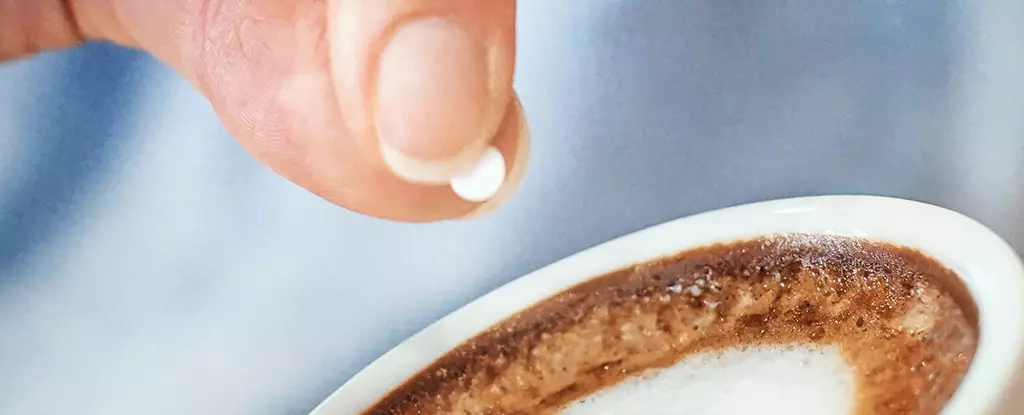In an era where antibiotic resistance poses an alarming threat to public health, innovation is not just welcome but desperately needed. A recent study from Brunel University dives into an unexpected reservoir of hope: saccharin, a commonplace artificial sweetener. As the world grapples with the rise of superbugs—bacteria that can withstand current medical interventions—the emergence of novel solutions is critical. While the primary discourse around artificial sweeteners has been focused on their health effects, this research uncovers a startling twist: saccharin might turn the tide in our battle against resistant bacteria.
Challenging Conventional Wisdom
At first glance, the idea of leveraging an artificial sweetener as an antimicrobial weapon seems preposterous. After all, saccharin is often lambasted in health debates, primarily for concerns surrounding weight gain, metabolic effects, and gut health. This research, however, challenges the narrative by presenting saccharin not merely as a benign chemical but as a formidable agent capable of breaking down the defenses of nasty bacterial strains like Staphylococcus aureus and Escherichia coli. The research team, led by microbiologist Ronan McCarthy, illustrates a groundbreaking concept: saccharin could potentially facilitate antibiotic effectiveness by making bacterial walls vulnerable to antibiotic infiltration.
The Science of Saccharin
The empirical findings from this study deserve more than a cursory glance. Saccharin has exhibited the ability to disrupt the structure of various bacterial strains, stunting their growth and multiplication. This function challenges the traditional stigma surrounding artificial sweeteners, flipping our perception on its head. Instead of being viewed merely as a dietary burden, saccharin could be repositioned as an innovative weapon in the fight against antibiotic-resistant infections. Its dual functionality—serving both to kill bacteria and enhance antibiotic efficacy—reveals a layer of complexity in its application that should spark further research and public discourse.
Wound Care Revolution
Notably, the innovative challenge doesn’t culminate in laboratory petri dishes. The research team’s creation of a surgical dressing infused with saccharin showcases its promise. Initial trials suggest that this dressing significantly outperformed traditional materials like silver, which have long been the gold standard in wound care. If saccharin can indeed revolutionize wound treatment, it may pave the way for cost-effective, accessible solutions to reduce infection rates, especially in medical communities dealing with impoverished conditions. It is a glimmer of optimism in a dark age of rising superbugs, where every new treatment option counts.
A Cautious Outlook
However, as tantalizing as these findings are, the sweet allure of saccharin should come with caveats. The full spectrum of artificial sweeteners’ effects on human health cannot be overlooked. While they may offer promising outcomes in antimicrobial applications, the unforeseen consequences on gut health and metabolism remind us that we tread a fine line. The excitement around saccharin’s potential must translate into rigorous clinical trials, ensuring that we don’t accidentally unleash another health complication while trying to combat a significant medical adversary.
Historical Context and the Race Against Time
In context, the urgency of this research represents a microcosm of a broader narrative in modern medicine. Antibiotic resistance is not merely a statistic; it’s a grim reality that results in millions of preventable deaths each year. The eagerness to explore unconventional solutions like saccharin reflects a pivotal shift in how we approach medical research. Instead of relying solely on multi-billion-dollar investments for new antibiotic development—which often takes years—this study heralds a solution residing in our pantry, waiting to be harnessed.
As the statistics about escalating antibiotic resistance loom larger on the horizon, it is crucial that this line of inquiry continues to burgeon. The findings of this study open the door for more research into not just saccharin, but also other artificial substances that may have untapped potential against superbugs. The moment has arrived for the scientific community to embrace this unconventional approach while ensuring that the significant health implications are thoroughly understood and considered. Only then can the fight against antibiotic resistance lean more favorably towards humanity.

